Low-loss router based on an interferometer preserves polarization while directing single photons and entangled pairs.
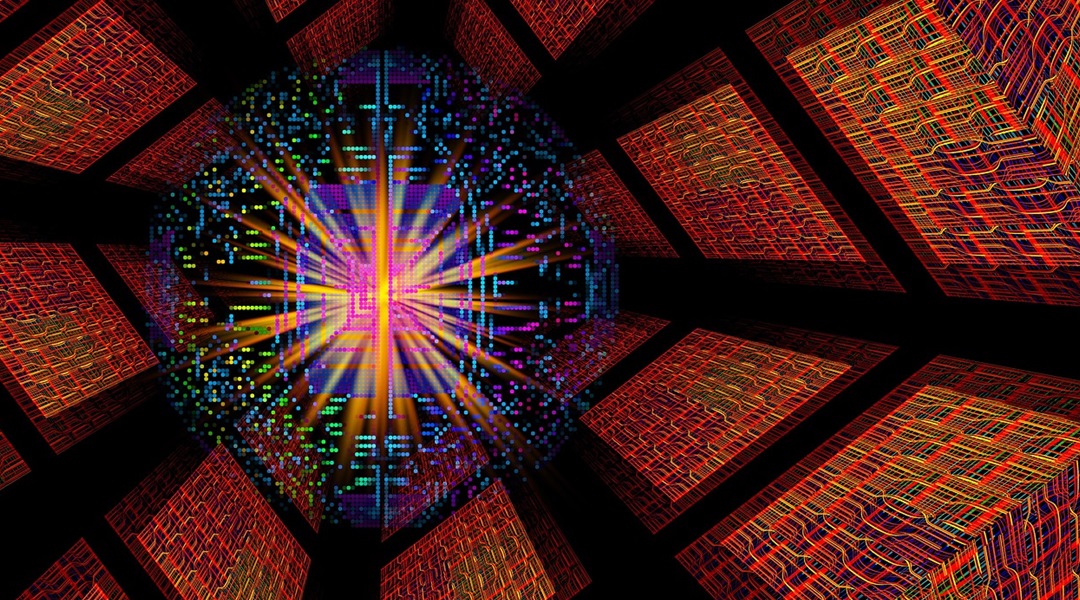

Low-loss router based on an interferometer preserves polarization while directing single photons and entangled pairs.

Scientists created flexible probabilistic bits from custom polymers, offering a new, energy-efficient path for AI and machine learning using classical physics.

“We’ve essentially reworked the standard recipe for making organic light emitting diodes, like those found in smartphones.”
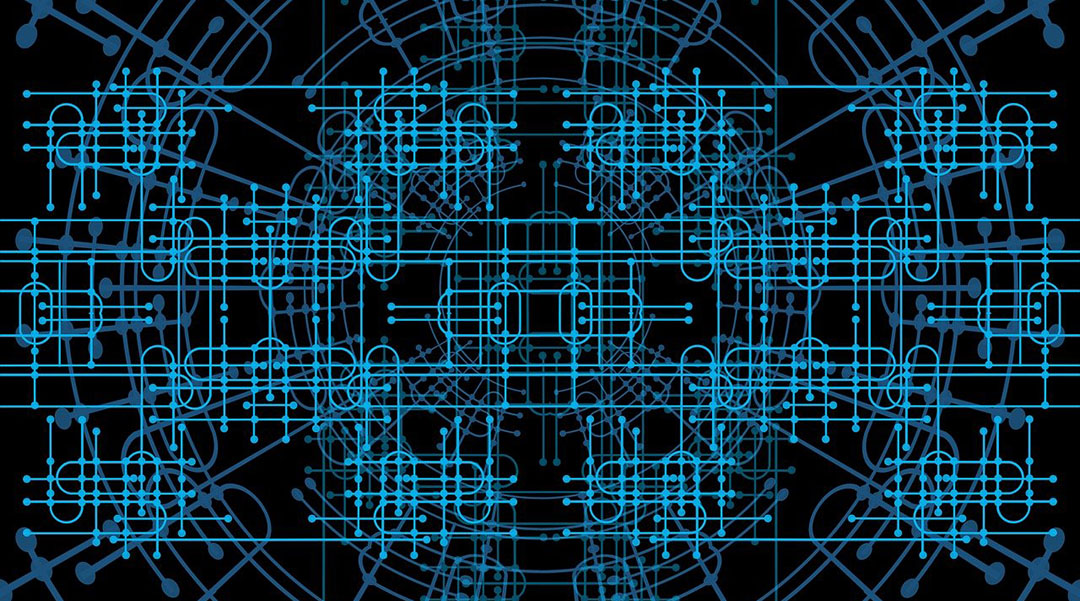
A new study targets feature selection, a key step in machine learning where the algorithm determines which parts of the input data are most relevant to making accurate predictions.
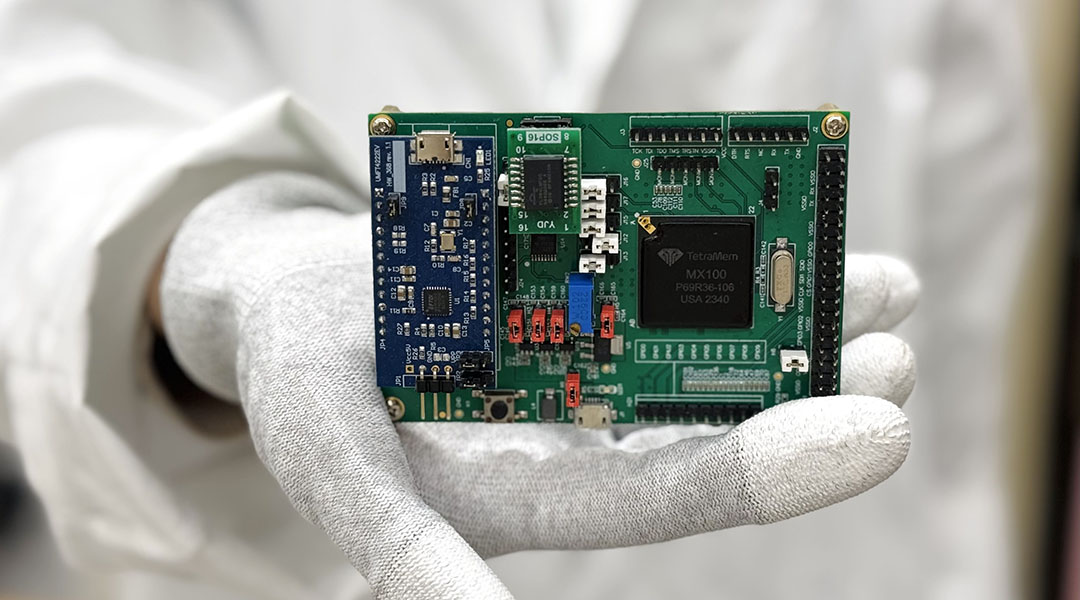
The system detects biomarkers for life-threatening diseases, such as heart attacks and cancer, enabling timely medical intervention.
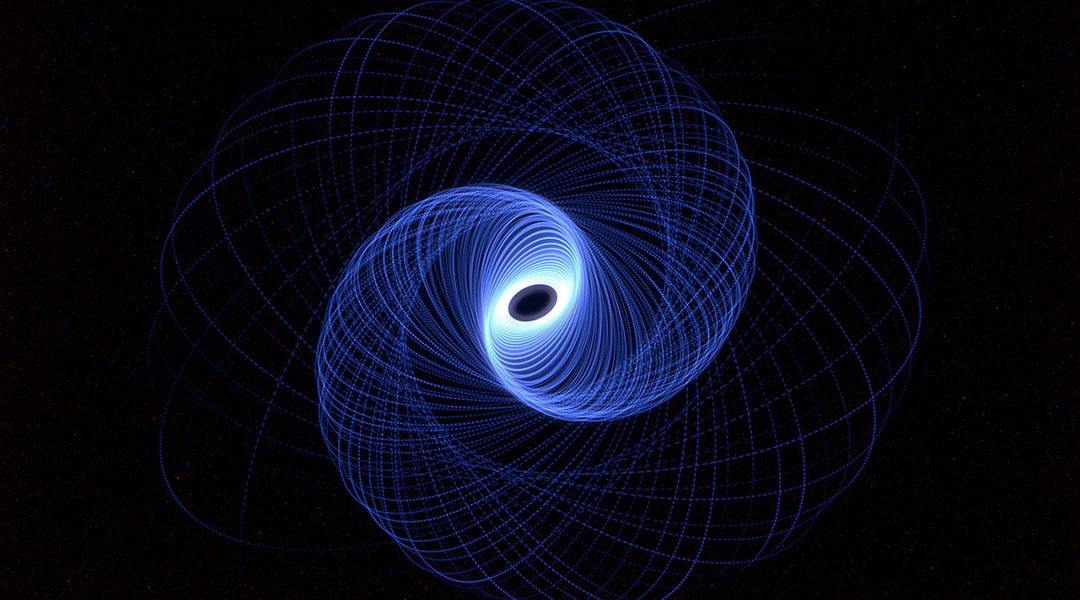
Harnessing skyrmions’ random motion and low energy requirements, this discovery could lead to more efficient and powerful computing technologies.

A new 3D cell culture allows researchers to study how mechanical pressure influences stem cells for regenerative medicine and cell therapy.

Scientists find predator-prey-like interactions in spinning particles, challenging physics and opening doors for quantum tech.
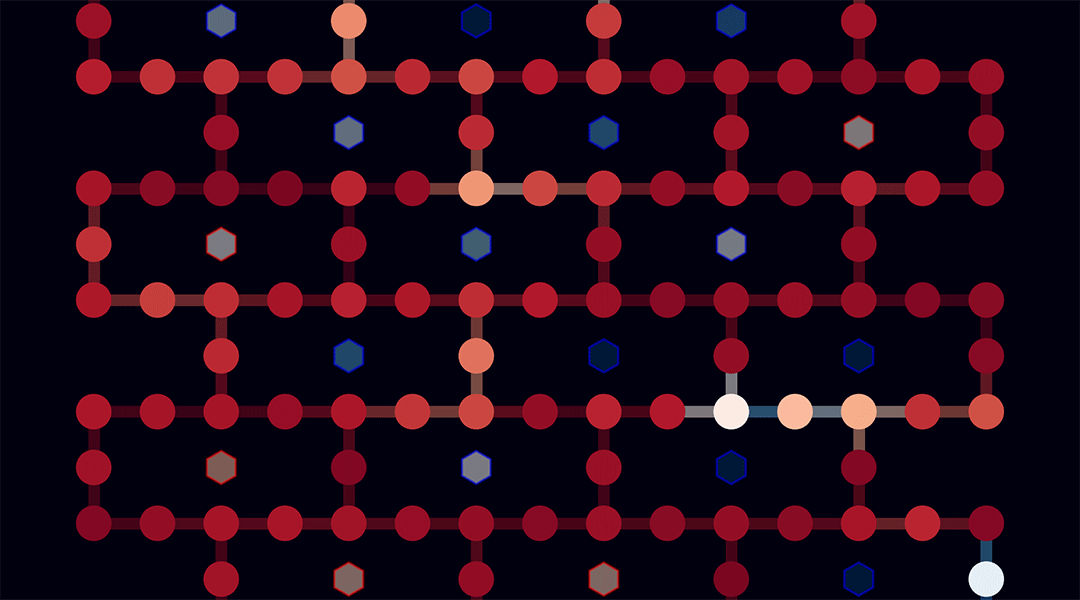
Researchers have developed a new method to benchmark quantum computers by measuring their ability to create entangled qubit states.

Scientists are using crystal imperfections to generate secure encryption, paving the way for quantum-resilient data protection.